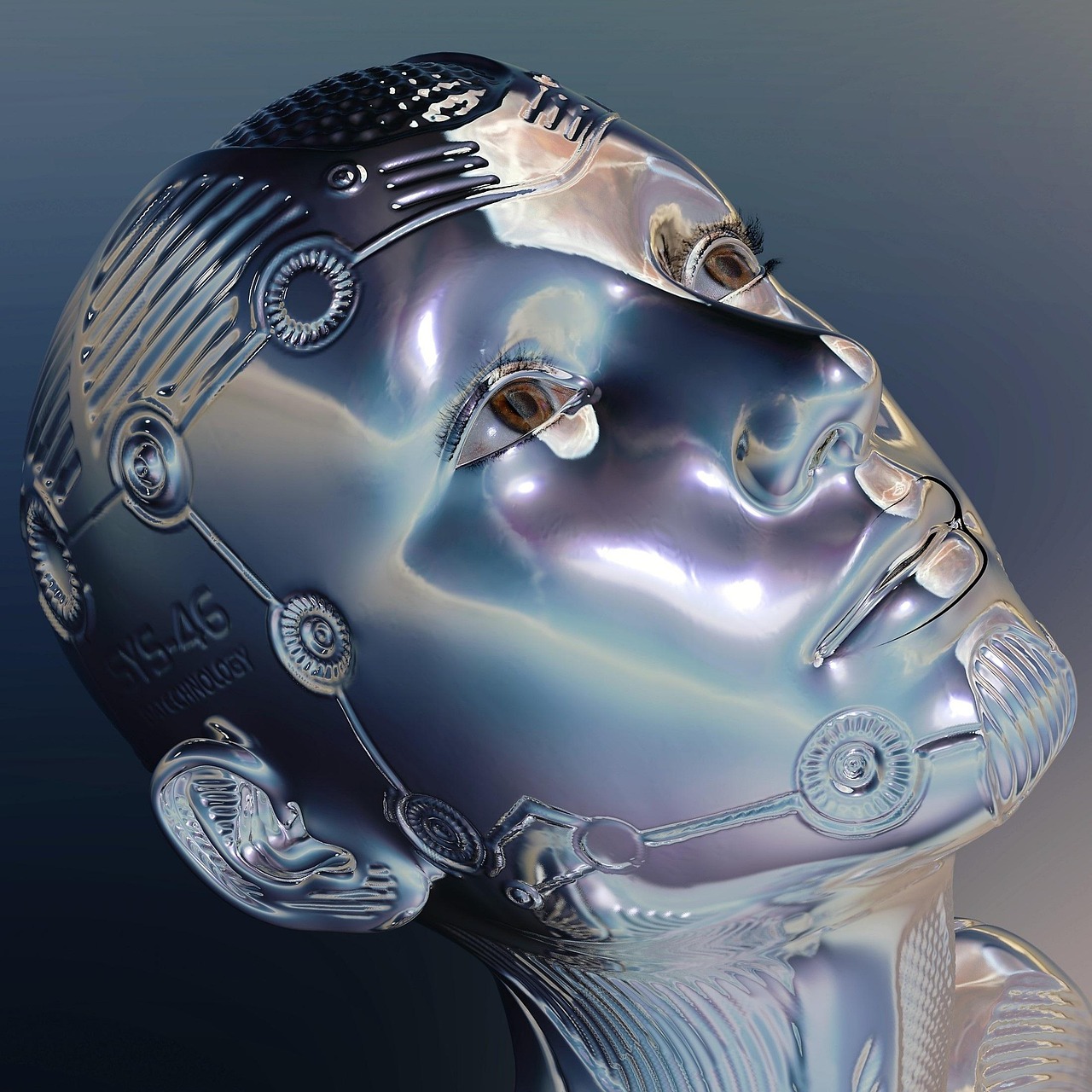OpenAI is a name that resonates with innovation, pushing the boundaries of artificial intelligence and its potential impact on society. From creating stunningly realistic images to writing compelling text and code, OpenAI’s models are transforming how we interact with technology. This blog post delves into the core of OpenAI, exploring its mission, key technologies, applications, and future direction.
What is OpenAI?
OpenAI’s Mission and History
OpenAI is an artificial intelligence research and deployment company. Founded in late 2015 with the mission to ensure that artificial general intelligence (AGI) benefits all of humanity, OpenAI began as a non-profit and has since evolved into a “capped-profit” company. This unique structure allows it to attract investment while maintaining its core values of safety and broad distribution of benefits. Key figures in its founding include Elon Musk, Sam Altman, Greg Brockman, Ilya Sutskever, and Wojciech Zaremba. While Musk has since departed from the board, OpenAI continues to be a driving force in AI research.
Understanding Artificial General Intelligence (AGI)
AGI refers to a hypothetical level of artificial intelligence where machines can understand, learn, adapt, and implement knowledge across a wide range of tasks, much like a human being. Unlike narrow AI, which excels in specific areas, AGI would possess general cognitive abilities. OpenAI’s ultimate goal is to develop AGI responsibly and in a way that is aligned with human values. The pursuit of AGI comes with considerable challenges and ethical considerations, which OpenAI actively addresses through research and policy advocacy.
Core Technologies and Models
GPT (Generative Pre-trained Transformer)
GPT is a family of transformer-based language models that can generate human-quality text. GPT models are pre-trained on massive datasets of text and code, allowing them to learn patterns and relationships in language.
- GPT-3.5: This model family powers many applications, including the original ChatGPT. It is known for its ability to generate coherent and creative text, translate languages, and answer questions in a comprehensive manner.
- GPT-4: The successor to GPT-3.5, GPT-4 is a multimodal model, meaning it can accept both text and image inputs. It boasts significantly improved performance across a wide range of benchmarks and is capable of more complex reasoning and problem-solving.
- Practical Applications:
Content Creation: Generating blog posts, articles, marketing copy, and social media updates.
Customer Service: Powering chatbots that can answer customer inquiries and provide support.
Code Generation: Assisting developers by generating code snippets and automating tasks.
Creative Writing: Helping authors and screenwriters develop stories, characters, and dialogue.
DALL-E (Image Generation)
DALL-E is a deep learning model that generates images from text descriptions. Users can provide a text prompt, and DALL-E will create a corresponding image, even with unusual or imaginative combinations.
- DALL-E 2: The latest version of DALL-E offers significantly improved image quality, higher resolution, and more realistic results. It can also perform image editing tasks, such as inpainting (filling in missing parts of an image) and outpainting (extending an image beyond its original borders).
- Practical Applications:
Art and Design: Creating unique artwork, illustrations, and visual concepts.
Product Visualization: Generating realistic images of products based on descriptions.
Content Creation: Providing visuals for blog posts, articles, and social media.
Brainstorming: Exploring new ideas and concepts through visual representations.
Codex (Code Generation)
Codex is an AI model that translates natural language into code. It is based on the GPT-3 architecture but has been specifically trained on a massive dataset of code from public repositories like GitHub.
- GitHub Copilot: Developed in collaboration with GitHub, Copilot is an AI pair programmer powered by Codex. It provides real-time code suggestions and autocompletions within code editors, helping developers write code faster and more efficiently.
- Practical Applications:
Automating Repetitive Tasks: Generating code for common tasks, such as data manipulation and API integration.
Learning New Programming Languages: Helping developers understand and write code in unfamiliar languages.
Rapid Prototyping: Quickly creating and testing new software applications.
Democratizing Coding: Making coding more accessible to individuals without formal programming training.
OpenAI’s Products and Services
ChatGPT
ChatGPT is a conversational AI chatbot powered by GPT models. It allows users to engage in natural language conversations, ask questions, generate text, and more.
- Features:
Natural Language Understanding: ChatGPT can understand and respond to a wide range of prompts and questions.
Contextual Awareness: It remembers previous turns in the conversation and uses that context to generate more relevant responses.
Creative Text Generation: ChatGPT can generate different creative text formats, like poems, code, scripts, musical pieces, email, letters, etc.
Multilingual Support: It supports multiple languages, allowing users to communicate in their preferred language.
- Subscription Plans: OpenAI offers both free and paid versions of ChatGPT. The paid version, ChatGPT Plus, provides faster response times, priority access to new features, and access during peak usage times.
OpenAI API
The OpenAI API provides access to a range of powerful AI models, including GPT-3.5, GPT-4, DALL-E, and Codex. Developers can use the API to integrate these models into their own applications and services.
- Benefits:
Flexibility: Customize models to fit specific needs and use cases.
Scalability: Handle large volumes of requests with reliable performance.
Innovation: Build innovative AI-powered applications.
Wide Range of Applications: From content creation to customer service, the OpenAI API can be used for a variety of purposes.
- Pricing: OpenAI offers a tiered pricing structure based on usage. Developers pay for the number of tokens (units of text) processed by the API.
Ethical Considerations and Safety Measures
Addressing Bias and Misinformation
AI models like those developed by OpenAI are trained on massive datasets, which can contain biases. These biases can be reflected in the model’s outputs, leading to unfair or discriminatory results. OpenAI is actively working to mitigate these biases through:
- Data Curation: Carefully selecting and cleaning training data to reduce bias.
- Model Training: Developing techniques to train models that are less susceptible to bias.
- Bias Detection and Mitigation Tools: Providing tools to help developers identify and mitigate bias in their applications.
- Transparency and Explainability: Increasing the transparency and explainability of AI models to better understand their behavior.
Ensuring Responsible AI Development
OpenAI recognizes the potential risks associated with advanced AI and is committed to developing and deploying AI responsibly. This includes:
- Safety Research: Conducting research to identify and mitigate potential risks associated with AI.
- Policy Engagement: Working with policymakers to develop regulations and guidelines for AI.
- Community Engagement: Engaging with the public and other stakeholders to discuss the ethical implications of AI.
- Red Teaming: Employing external experts to test AI systems for vulnerabilities and potential harms.
- Alignment with Human Values: Striving to ensure that AI systems are aligned with human values and goals.
Conclusion
OpenAI is at the forefront of artificial intelligence research and development, driving innovation across various domains. Its powerful models, such as GPT, DALL-E, and Codex, are transforming how we create content, generate code, and interact with technology. While significant progress has been made, ethical considerations and safety measures remain paramount. As OpenAI continues to advance the field of AI, it is crucial to prioritize responsible development and ensure that the benefits of AI are shared by all of humanity. The journey toward AGI is complex, but OpenAI’s commitment to its mission makes it a key player in shaping the future of artificial intelligence.




